Vision plays an essential role in a child’s learning and development. According to the American Academy of Opthalmology, the eyes are responsible for around 80% of everything children learn in their first 12 years. If your little one has an uncorrected vision problem, their academic performance might suffer.
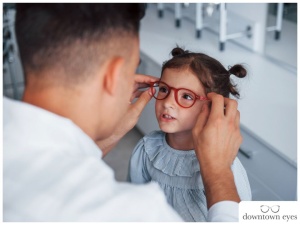
Yearly visits to your local eye specialist can help safeguard your child’s eyes and ensure they thrive at school and in their passions. Keep reading to learn more about the importance of routine eye exams.
Why Annual Eye Exams Matter
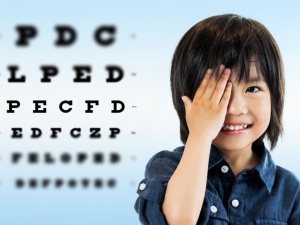
Detect Eye Problems Early
At least one in 20 preschool-aged children have a vision problem. Children should have their first eye check at six months and another examination at age three. They should visit an eye doctor yearly once they enter school because their eyes rapidly change and develop in the first few years of life.
Regular eye exams can help with the early detection and correction of vision problems that can get in the way of learning. The earlier these conditions are identified and treated, the better the outcome for the child’s vision in the long term.
Your Child Might Not Know They Have a Vision Problem
Often, children can’t articulate or even recognize that they have issues with their vision. They may not understand that their sight isn’t normal. Kids may lack the vocabulary to describe what they’re experiencing.
Some children may think it’s normal for letters on the board to appear blurry instead of clear. They may squint, tilt their head or sit too close to the television, not realizing these are signs of vision problems. Regular eye exams can help catch vision issues young ones might not be aware of or can’t communicate about.
Correct Refractive Errors
Did you know that school vision screenings only detect 20 to 30% of vision problems? A routine assessment in your local eye clinic can reveal if your child has a refractive error, such as nearsightedness, farsightedness or astigmatism. These issues occur when the eye can’t bend light right, resulting in blurred vision.
If your little one has a refractive error, an eye care professional will prescribe them with eyeglasses. Addressing vision problems can contribute to improved academic performance and social interactions.
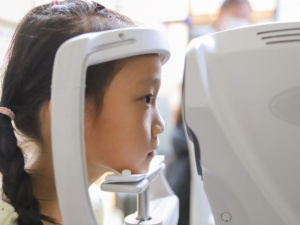
Enhance Visual Skills
Visual skills are vital to a child’s overall development. It can affect how well they do in various activities, including reading, writing and playing sports. Annual eye exams can also help enhance your kid’s visual skills, such as eye movement control, peripheral awareness and hand-eye coordination.
During your appointment, your doctor can assess your child’s visual skills. They might provide exercises or recommendations to improve them. For instance, if a child struggles with hand-eye coordination, an eye specialist might suggest practicing certain activities or games to strengthen this skill.
Track Vision Changes
Over time, a child’s vision may change due to growth. Regular eye exams help monitor these changes closely. Sudden vision changes could signal an underlying health issue or a need to update their prescription eyewear. Keeping an eye on these shifts through annual eye exams can help ensure your kid’s vision is always at its best.
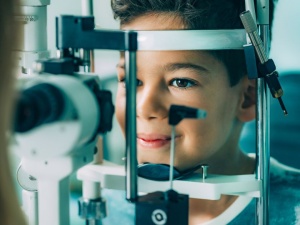
Prescription Updates
The prescription perfect for your child a year ago may no longer provide optimal vision today. During the eyeglass or contact eye exam, your eye doctor will reassess your little one’s vision and update the prescription if necessary. They may increase or decrease the prescription’s strength or change the type of lens used. Wearing appropriate vision correction eyewear can prevent eye strain, headaches and discomfort.
Establish Lifelong Eye Care Habits
Yearly eye exams can help establish good eye care habits from a young age. It can teach children the significance of early detection and treatment of potential vision problems. This practice can be ingrained and carried into their adult lives.
Regular visits to the eye doctor familiarize children with the environment and the procedures involved in eye exams, reducing anxiety or fear. It’s also an opportunity for the eye specialist to educate them about good habits like reading in good lighting and wearing sunglasses.
What to Expect During an Annual Eye Exam for Kids
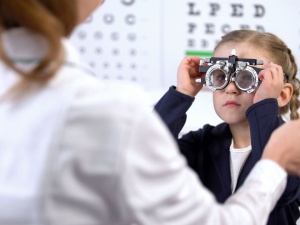
Eye specialists will make the process as comfortable and stress-free as possible for your child. They will explain each step and ensure your kid understands what will happen. The aim is to create a positive experience that motivates the child to be more involved in caring for their eyes.
One of the first things the eye doctor will do during your appointment is to review your child’s eye health history. They will check for previous vision issues, treatments or surgeries, and family history of eye conditions.
Moreover, the actual eye exam will typically involve a series of tests to evaluate different aspects of your child’s vision. These may include a visual acuity test, which uses an eye chart to measure how well they can see at various distances. Your eye doctor may perform a color blindness test to assess your child’s ability to distinguish different colors. They might also do a depth perception test to check your little one’s ability to perceive distance.
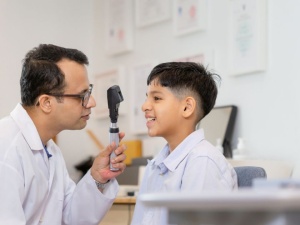
Your doctor may use a phoropter to determine which prescription will provide your child with the clearest vision. They will present a series of lenses and ask which ones help them see clearly. They may perform a cover test to see how well your child’s eyes work together. It’s where they cover one eye at a time while your child focuses on a distant object.
Depending on your child’s age and cooperation, the specialist may perform a retinoscopy. They may use an autorefractor to assess the refractive power of your child’s eyes. Your doctor might also use an ophthalmoscope to see the back of the eye, including the retina and optic nerve. It helps catch signs of abnormalities or disease.


Leave a Reply